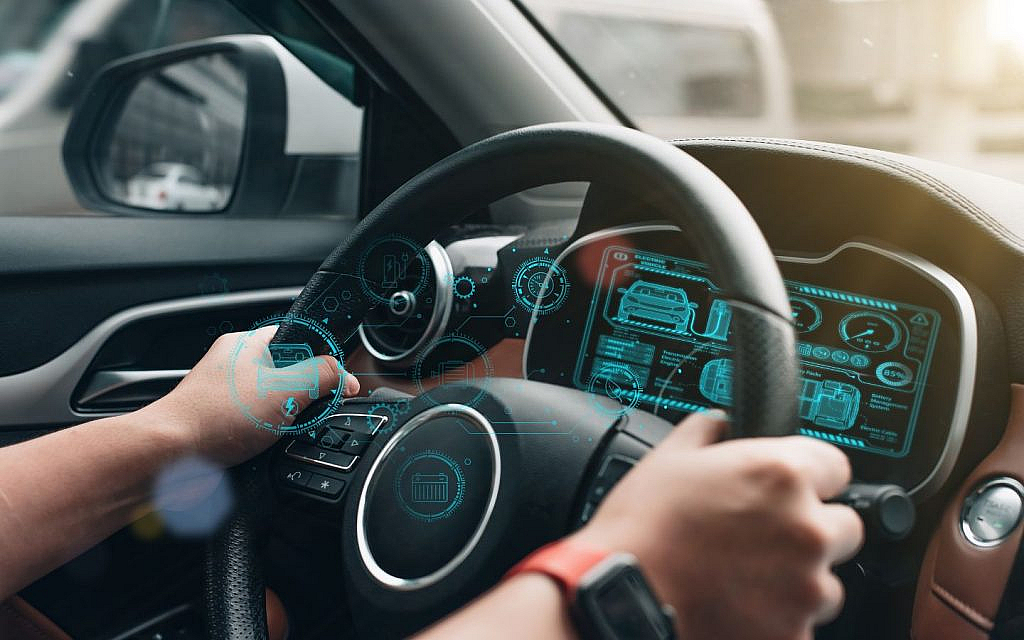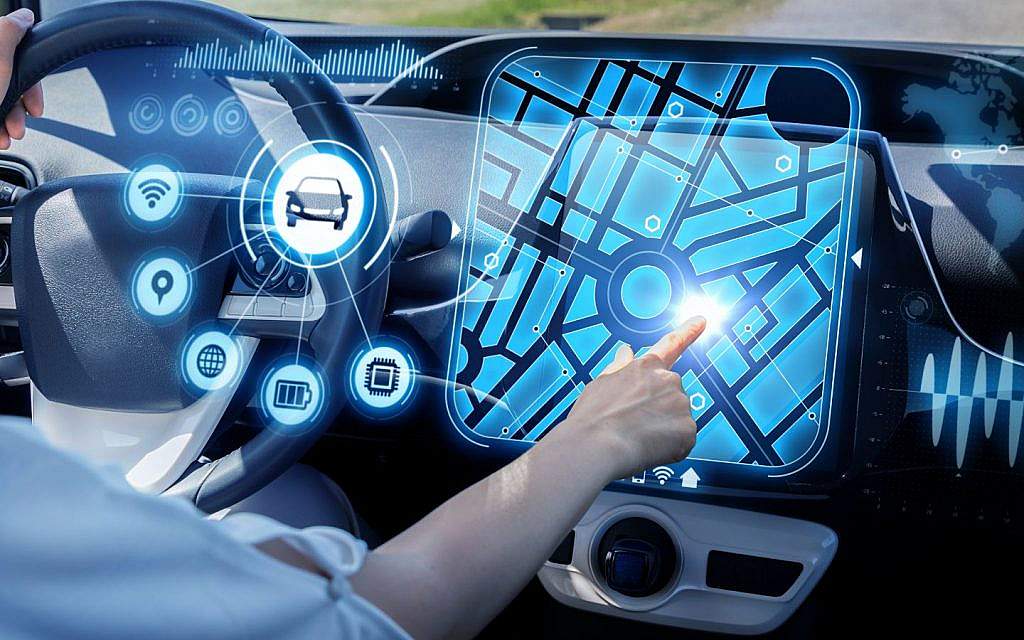Evolution of Heads-up Displays in Cars
Automotive technology has advanced significantly over the years. This progress aims at improving safety, convenience and driving experience. One such innovation is the Heads-up Display (HUD) which projects critical driving information onto a transparent screen or windshield. It allows drivers to access key data without taking their eyes off the road. Initially developed for military aircraft, HUD technology has gradually made its way into automobiles, evolving from simple speed displays to augmented reality (AR) systems.
Here’s a brief rundown of the evolution of heads-up displays in cars. Let’s go through it.
Early Developments and Military Origins
The history of automotive heads-up displays began with military aircraft in the 1940s. They were designed to provide pilots with crucial flight data without diverting their gaze from the sky. By the 1960s, HUDs had become standard equipment in fighter jets, improving situational awareness and reducing cockpit workload.
Recognising the potential of this technology for automotive applications, General Motors introduced the first automotive HUD in 1988 in the Oldsmobile Cutlass Supreme. This early system displayed only basic information such as speed and turn signals on a small section of the windshield. Despite its limited functionality, it set the foundation for future developments.
Expansion in the 1990s and 2000s
As the evolution of heads-up displays in cars progressed, automakers started incorporating more features and refining the display quality. During the 1990s, luxury car manufacturers such as BMW and Mercedes-Benz began offering HUDs as optional features, displaying additional data such as navigation directions and warning alerts.

By the early 2000s, advancements in digital projection and computing technology allowed for improved clarity, colour displays and integration with onboard computer systems. This period also saw the adoption of TFT (thin-film transistor) displays, which enhanced brightness and visibility in various lighting conditions.
The Rise of Augmented Reality HUDs
The 2010s witnessed a major shift in heads-up display development in vehicles with the Augmented Reality (AR) HUDs. Unlike traditional HUDs that display static information, AR HUDs overlay graphics in real-world environments. They enhance depth perception and situational awareness.
Brands like Mercedes-Benz, Audi and Tesla began incorporating AR HUDs. They projected navigation arrows onto the road, highlighting the correct lane and upcoming turns in real time. These systems also displayed adaptive cruise control and forward collision warnings, helping drivers make more informed decisions.
Modern Advancements: AI and Smart Integration
As we move into the 2020s, car heads-up technology has become integrated with Artificial Intelligence (AI in cars), voice commands and internet connectivity. Modern HUDs now offer features such as:
- Gesture and Voice Control: Drivers can interact with the display using hand gestures or voice commands, reducing the need for physical buttons.
- Night Vision Integration: Some premium models incorporate infrared night vision, projecting enhanced imagery of the road in low-light conditions.
- Traffic Sign Recognition: AI-driven HUDs can detect and display UAE speed limits, road signs and traffic alerts in real time.
- Connectivity with Smart Devices: Modern HUDs sync with smartphones, enabling drivers to view messages, calls and music controls without distraction.

The Future of Automotive HUDs
The evolution of heads-up displays in cars is further set to revolutionise driving by making information more accessible and reducing distractions. Modern HUDs are evolving beyond basic speed and navigation projections. They include augmented reality (AR), which overlays real-time data like lane guidance, pedestrian alerts and hazard warnings directly onto the windshield. This helps drivers stay focused on the road while staying informed, enhancing both safety and convenience.
As technology advances, the next-gen HUD systems in vehicles will likely integrate artificial intelligence (AI) and vehicle-to-everything (V2X technology). It will help provide predictive alerts and personalised driving assistance.
FAQs
What are the different types of car heads-up display?
Different Head-Up Displays (HUDs) include windshield-projected HUDs, combiner HUDs, augmented reality (AR) HUDs, and wearable HUDs.
What is the principle of HUD?
A HUD projects important driving information onto a transparent surface like the windshield. This helps drivers stay informed without taking their eyes off the road.
What is the origin of the heads-up display?
The Heads-Up Display originated in military aviation during the 1940s. They helped pilots view critical flight data without looking down at their instruments.
The evolution of heads-up displays in cars has transformed driving into a tech-driven experience. What began as a simple speedometer projection is now capable of providing navigation, safety alerts and AI-powered insights. Today, one can find these technologies in many current car models.
If you’re looking for such a ride, sift through these new cars for sale in the UAE. These vehicles come loaded with the latest technology including heads-up displays. You can also install a heads-up display in the car following a series of simple steps.
To learn more about the latest car technology and features, stay connected to dubizzle’s autos blog.
Comments
Post a Comment